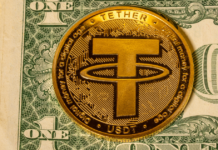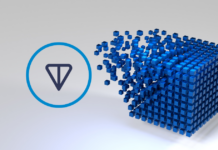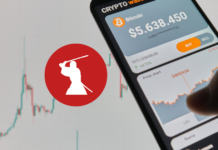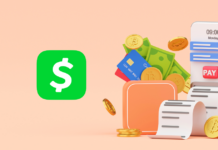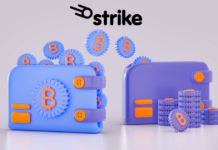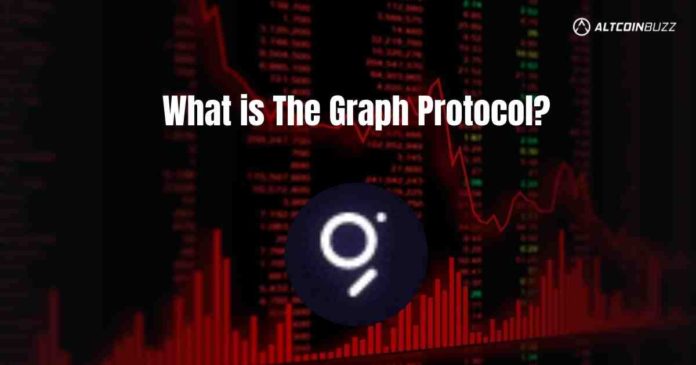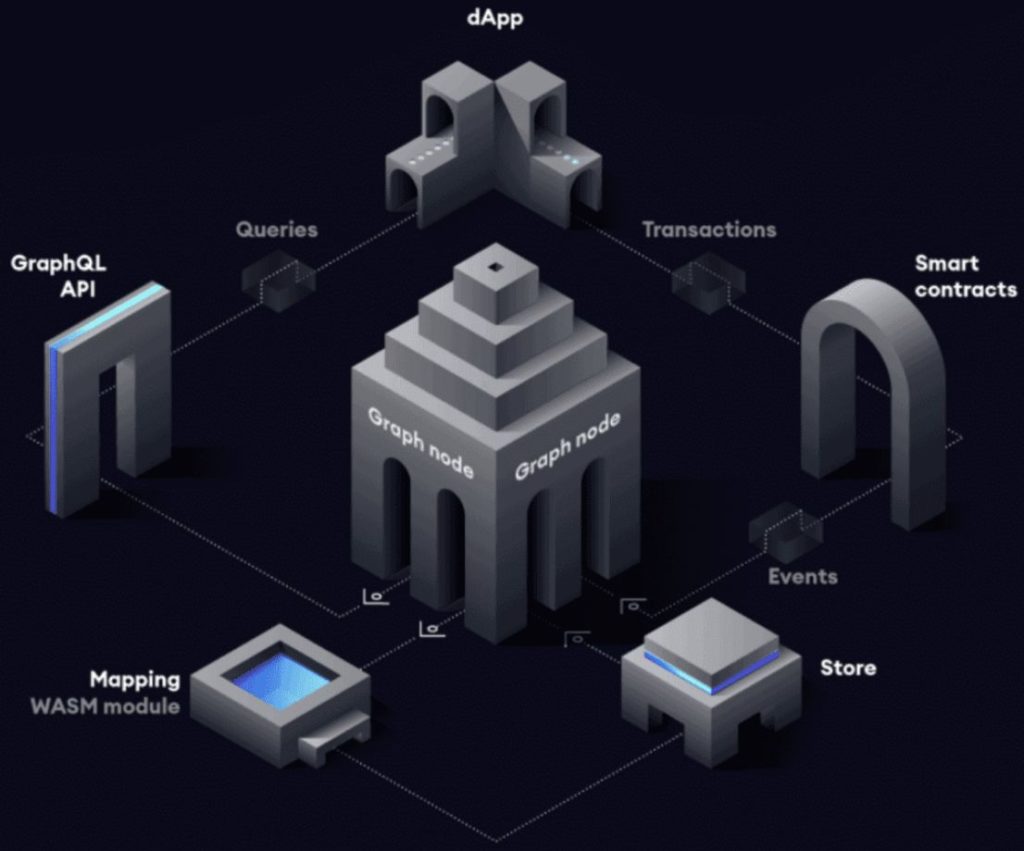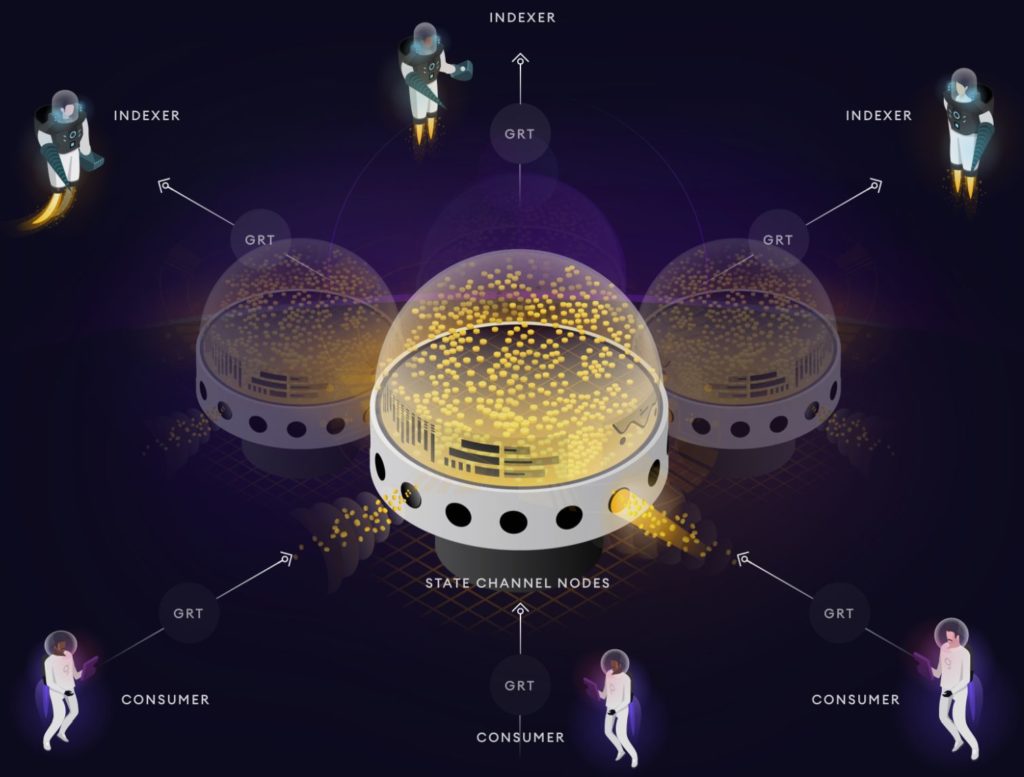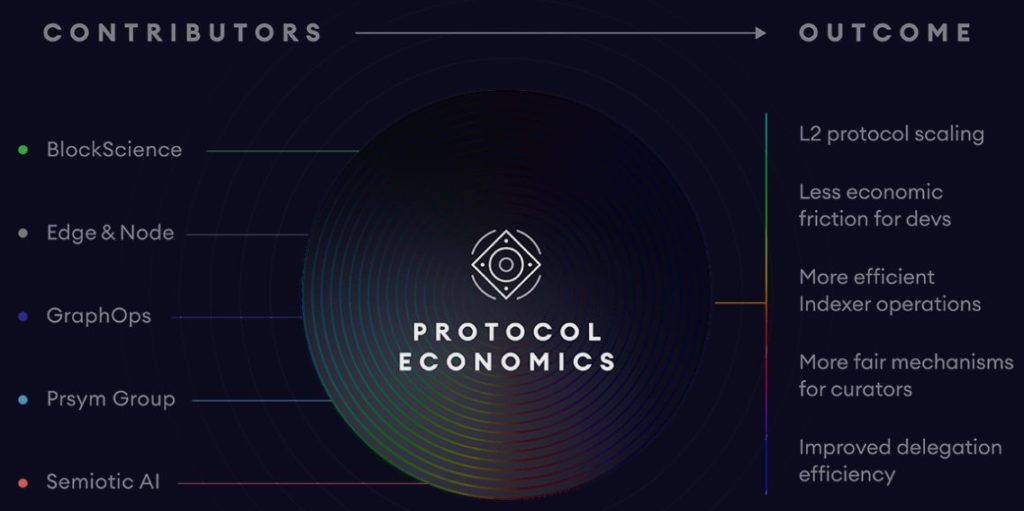We refer to The Graph also as the Google of the blockchain. It started in 2017 out of frustration by the lack of tools in Ethereum’s ecosystem. In December 2020, it went live. So, now we have a remarkable indexing protocol at our hands.
We can’t emphasize enough what the importance of this is for blockchains. The Graph makes our blockchains lives so much easier. Probably, we don’t even know or realize this. Therefore, without further ado, let’s look at what The Graph is all about.
What Is The Graph?
The Graph launched on Ethereum in December 2020. It is an open-source and decentralized indexing protocol. In other words, it makes it easy to find stored information on a blockchain. You can compare this to an index in a book. It tells you where you can find certain information in a book. More precisely, in which chapter or page. It is also in alphabetical order. The platform also supports three more networks. Near, Cosmos, and Arweave.
It is rather difficult to index information on a blockchain. The Graph uses a GraphQL API for this. The APIs connect to the Subgraphs. On the other hand, the GraphQL makes APIs faster and more flexible. As a result, they can pull data from different sources in just one API call. The Graph Nodes scan network blocks and smart contracts. They collect all this information.
The Graph uses Subgraphs. These are indices that store information. Developers can build APIs that connect with the Subgraphs. This makes this platform an important player for blockchains. It takes away a lot of work for blockchains, since building an index is time intensive. As a decentralized protocol, it’s ready to play its part in Web 3 development.
How Does The Graph Work?
The Graph works with a subgraph manifest. This indexes all Ethereum-based information. These are smart contracts in subgraphs. The manifest will look at all smart contracts and the information they contain. The manifest indexes them accordingly. As a result, there is now a structure in the madness of thousands or millions of pieces of information. See the picture below.
Source: The Graph docs
- Ethereum receives new information from Dapps. That’s basically a transaction from a smart contract.
- The smart contracts will process the transaction. When doing so, they release information.
- The Graph Nodes picks up this information. Remember, they are scanning the whole time for just this.
- The Graph Nodes map this information with a WASM module. WASM is WebAssembly. This creates or updates the data and stores it.
- A GraphQL query for data goes to the Graph Node. The Graph Node checks the stored information and delivers it.
In this set-up, there are three users.
- Curators—These are subgraph developers. They decide which information is worthwhile indexing.
- Indexers—The node operators. They offer and provide indexing and querying services.
- Delegators—They delegate their GRT tokens to indexers. By doing so, they don’t need to run a full node by themselves. However, they still support and secure the network.
All three players must stake GRT to provide the services they offer.
The Graph blog
Currently, The Graph indexes information from three networks.
- Ethereum
- IPFS—InterPlanetary File System. A distributed system for storing and accessing information.
- PoA—Proof of Authority. A public network for smart contracts. It’s cheap, fast, and secure.
As a result, well over 3,000 subgraphs are already in use. Among these are DeFi protocols like Aave, Balancer, or Uniswap. However, also metaverse projects like Decentraland use subgraphs.
The Team Behind The Graph
Yaniv Tal, Jannis Pohlmann, and Brandon Ramirez founded The Graph in 2017. All three of them have experience in building applications. They had a main reason to start their project. From first-hand experience, they knew how difficult it is to create dApps on Ethereum. This is how they found out that there’s no indexing format on blockchains. We can safely say that the rest is history.
Geo uses web3 protocols for decentralized verifiable data. All data is IPLD encoded on IPFS, anchored on Polygon, and indexed on The Graph. A large number of page edits can be batched into a single L2 transaction. Permanent storage on Arweave / Filecoin to follow. pic.twitter.com/NqYgp0jZqw
— Yaniv Tal | Graph Hack 2022 (@yanivgraph) June 5, 2022
The Graph (GRT) Token
The Graph’s current price of its GRT token is $0.163941 according to CoinGecko. Over the last 7 days, that’s 15.2% up. However, over a year, it is 78.2% down. In other words, a real bargain at the moment. The ATH was $2.84 in February 2021.
GRT has a market cap of $1.2 billion. There are 7 billion GRT tokens in circulation, out of 10 billion tokens.
The GRT powers everything on the platform. You can stake your GRT and as a result, you can take part in governance.
The team put 10 billion GRT tokens on the market in 2020. Be aware that GRT is an inflationary token. Each year, the token volume increases by 3%. On the other hand, the protocol only burns 1% of tokens.
The Graph Roadmap
In 2022, The Graph has a busy roadmap. They focus on five points of development with working groups.
- Data & APIs—Focus on all things Graph Node and the subgraph ecosystem.
- SNARK Force—Using zero-knowledge proof (ZKP). This lowers the trust assumption to use The Graph.
- Protocol Economics—Takes care of the system-level and incentive design of the protocol.
- Protocol & Network Operation—Maintaining and optimizing different subsystems.
- Indexer Experience—Everything that relates to Indexer interactions. Whether it be the network or the protocol.
Each of these groups has an interesting and busy road ahead in 2022. They all work in public, and you can follow them for The Graph news on their development. Here’s an extensive blog about The Graph roadmap for 2022.
Source: The Graph roadmap 2022
Conclusion
Here we are, hoping that we gave you a better insight of what The Graph is about. We told you what they do and how the protocol works. Furthermore, we investigated the team and the GRT token. At last, we also looked at their current roadmap. Keep an eye out on this project because it has high value for blockchains. Do you now see why they call this platform the Google of blockchains?
⬆️For more cryptocurrency news, check out the Altcoin Buzz YouTube channel.
⬆️Find the most undervalued gems, up-to-date research, and NFT buys with Altcoin Buzz Access. Join us for $99 per month now.


